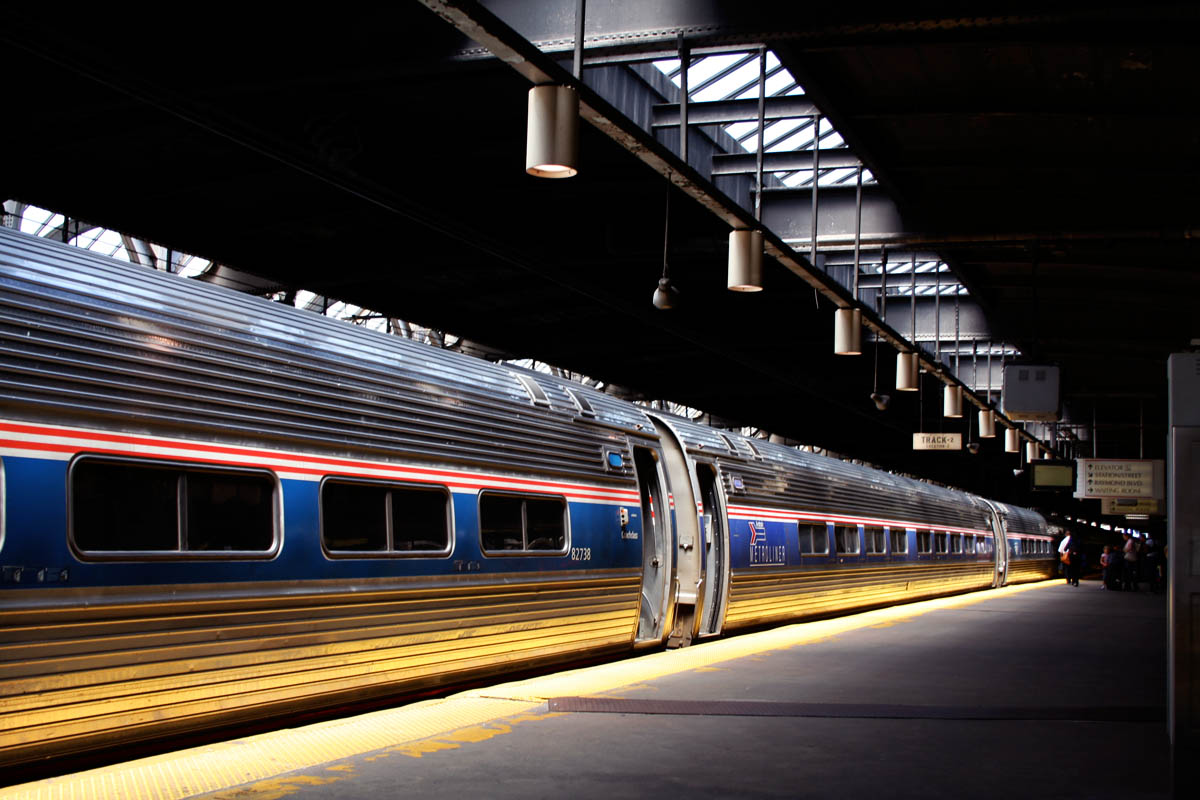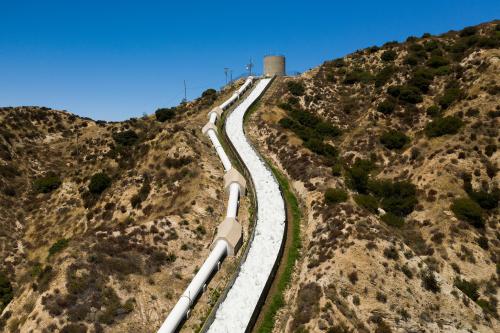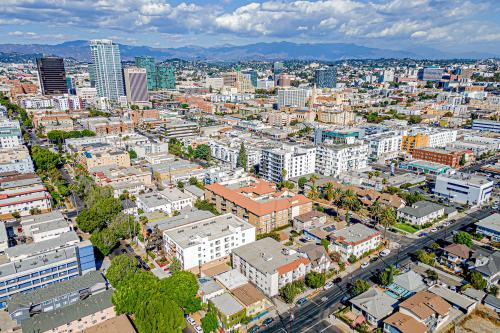American passenger rail is in the midst of a renaissance. Ridership on Amtrak—the primary U.S. carrier—is now at record levels and growing fast. This research shows that the country’s 100 largest metropolitan areas are primarily behind this trend, especially ten major metros responsible for nearly two-thirds of total ridership.
Driving the connection between these metropolitan areas are short-distance corridors, or routes traveling less than 400 miles, that carry 83 percent of all Amtrak passengers. States now have formalized relationships with Amtrak to upgrade tracks, operate routes, and redevelop stations. The result is a new federalist partnership where Amtrak, the federal government, and states share responsibility for the network’s successes and failures.
This report is the first analysis to focus on metropolitan area statistics for passenger rail rather than individual stations or cities. Its findings will help policymakers and state leaders better understand the location dynamics of Amtrak: where it works well, and the areas poised to benefit from new and expanded services.
Findings:
- Amtrak ridership grew by 55 percent since 1997, faster than other major travel modes, and now carries over 31 million riders annually, an all-time high.
- The 100 largest metropolitan areas generate nearly 90 percent of Amtrak’s ridership, especially those in the Northeast and West.
- Only ten metropolitan areas are responsible for almost two-thirds of Amtrak ridership.
- The short distance routes consistently dominate Amtrak ridership share and captured nearly all of Amtrak’s recent growth.
- Combined, Amtrak’s short-distance corridors generated a positive operating balance in 2011—while corridors over 400 miles returned a negative operating balance.
Follow the passenger rail conversation on Twitter using the hashtag #NextRail »
View our interactive application to see Amtrak route data for the largest 100 metro areas »
The Brookings Institution is committed to quality, independence, and impact.
We are supported by a diverse array of funders. In line with our values and policies, each Brookings publication represents the sole views of its author(s).






